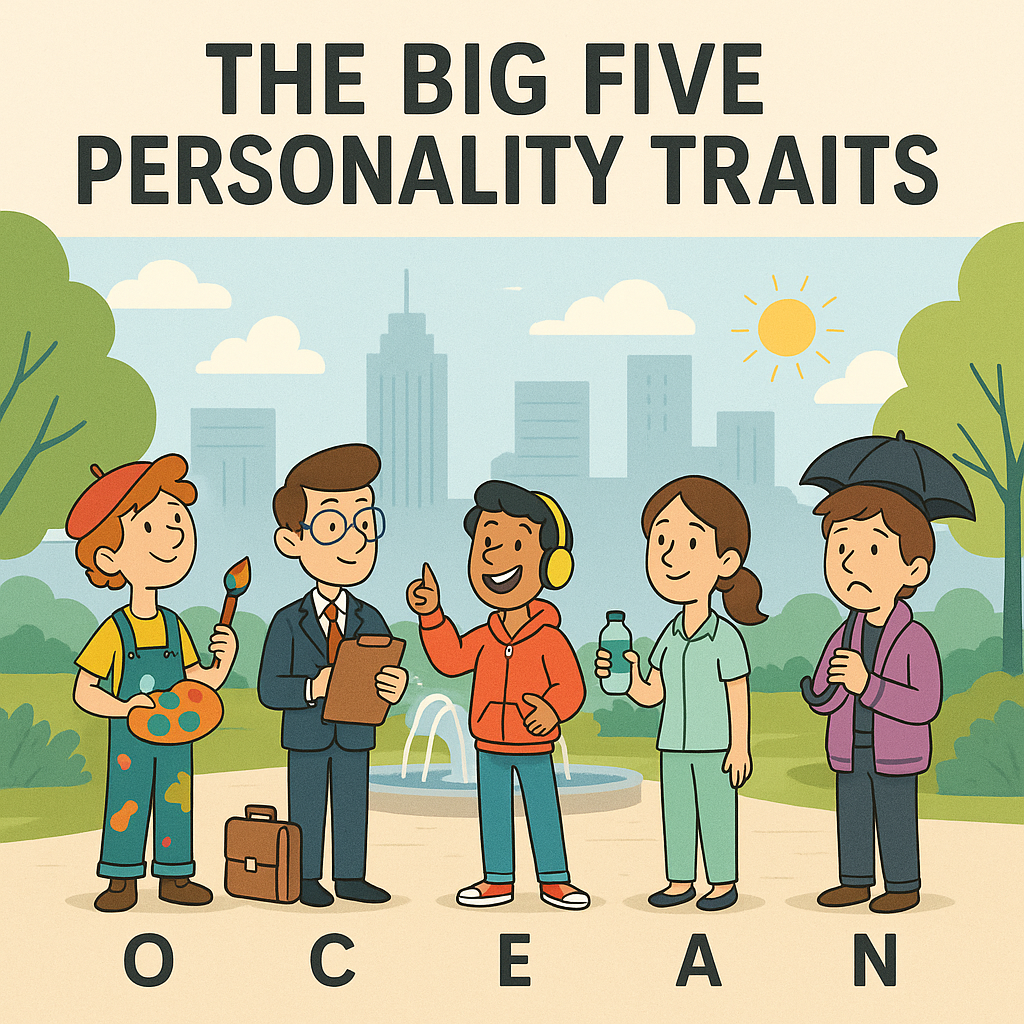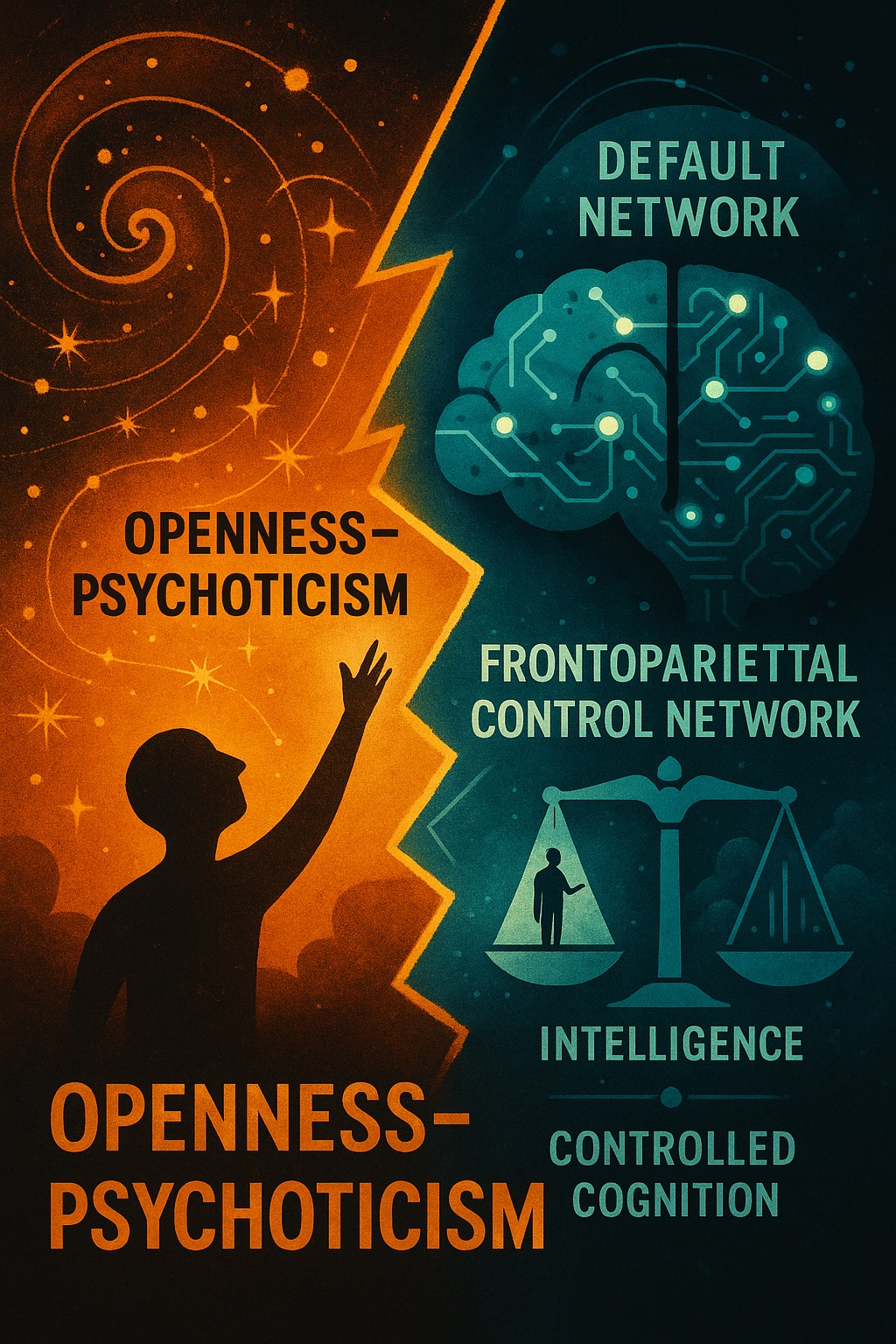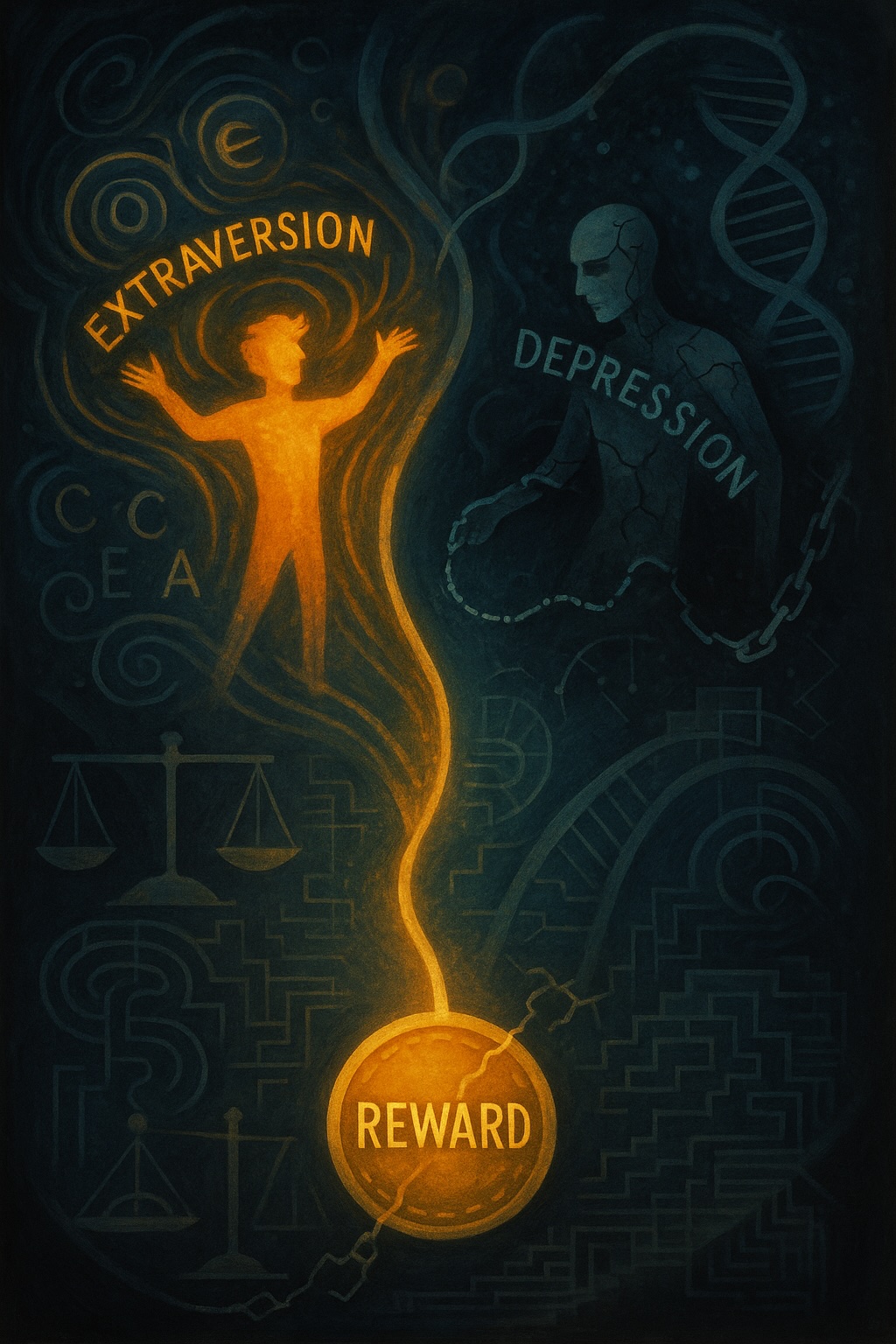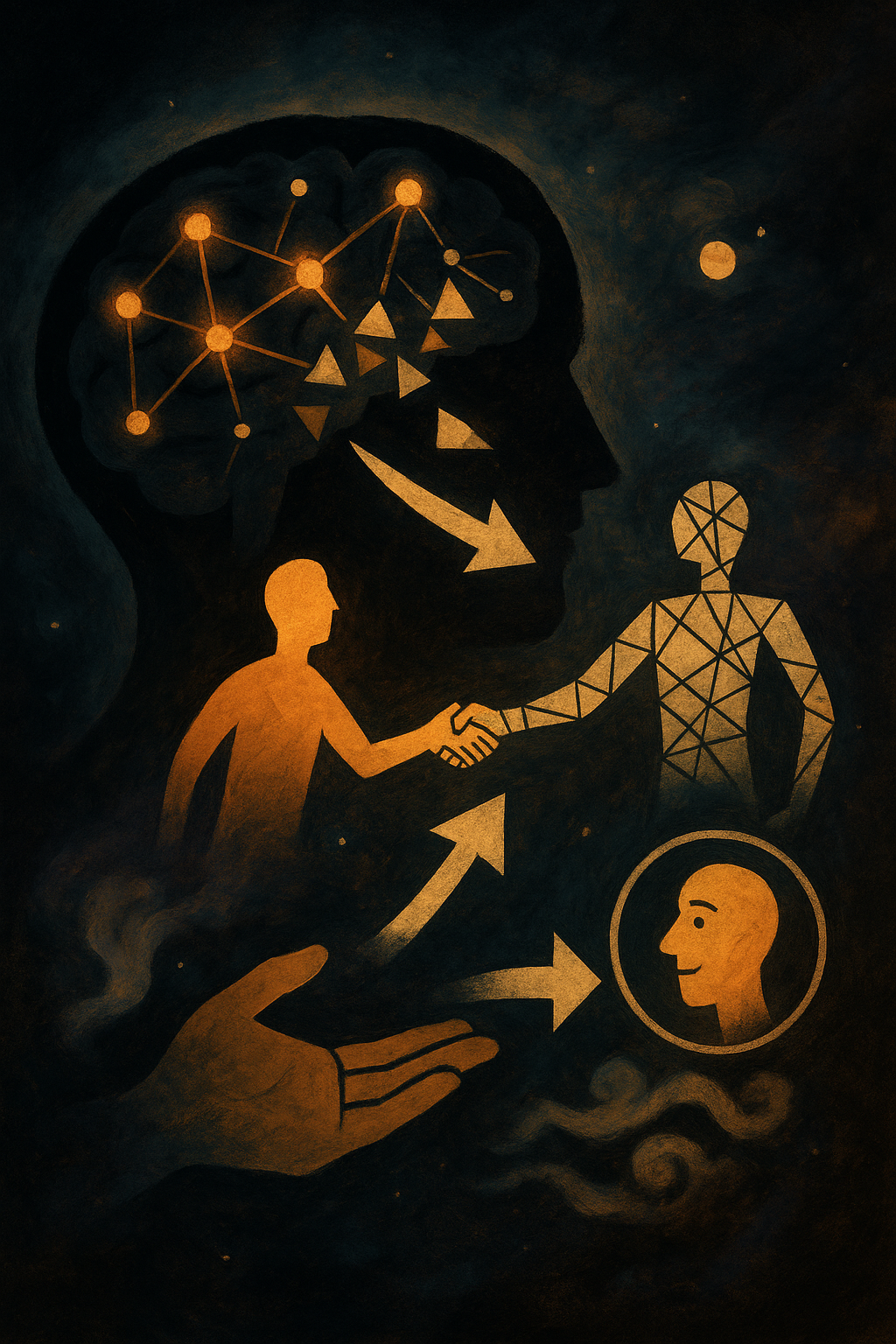Human Personality
My research with 20,000+ participants reveals that the Big Five personality traits predict specific failure modes in humans. Extreme trait expressions—whether pathological openness leading to psychosis, antisocial tendencies from low agreeableness, or clinical depression from high neuroticism—offer crucial insights for AI safety. Given that personality traits relate to variation in basic mechanisms that parallel those of AI (e.g., pattern detection, sensitivity to reward and punishment signals, behavioral activation/inhibition systems), personality psychology provides a robust framework to predict and prevent analogous failure modes in AI systems. This interdisciplinary approach bridges decades of psychometric research with cutting-edge AI alignment challenges.



